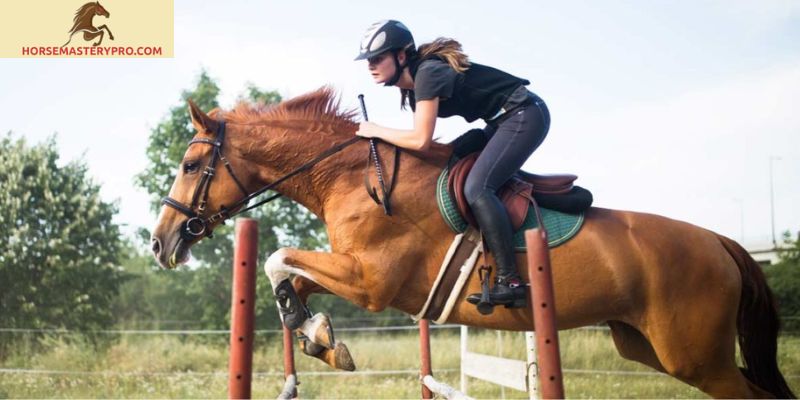As equestrians, we understand the thrill of forging a deep connection with our majestic companions. But how do we ensure effective communication and control during the training process? The answer lies in the power of a crucial tool: the horse training lead. In this article, I will shed light on the significance of horse training leads and how they can elevate your equine experience to new heights.
In this article, let’s learn more about Horse Training Leads Coast with horsemasterypro.com below!
Importance of Horse Training Leads
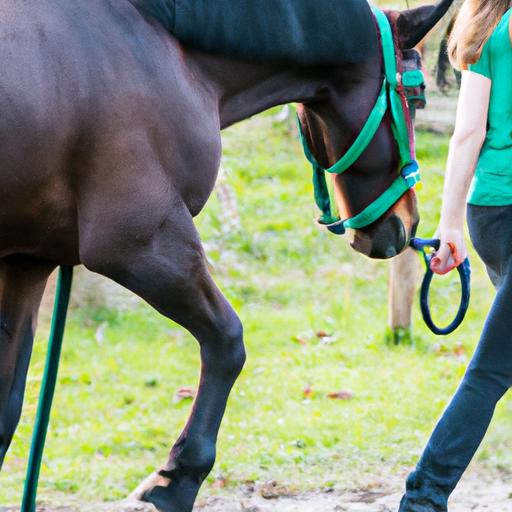
Picture this: you’re embarking on a training session with your spirited equine partner. A horse training lead becomes your guiding thread, allowing you to establish a seamless line of communication. This essential tool acts as an extension of your body, enabling you to guide, direct, and correct your horse’s movements with precision. By utilizing a horse training lead, you take the reins of your training journey and steer it towards success.
Unveiling the Significance
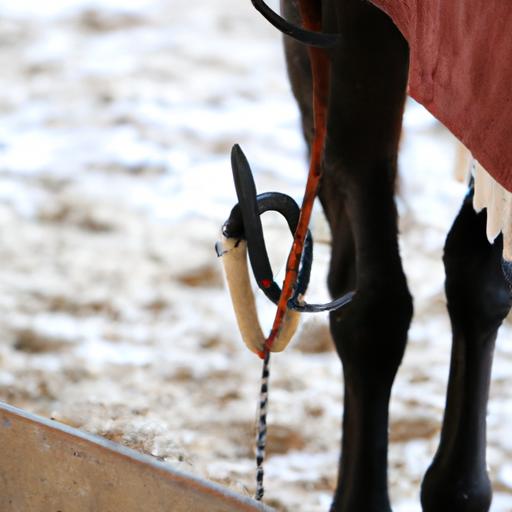
Now, you might be wondering, why is the main keyword “horse training lead” so essential? Well, think of it as the key that unlocks the door to your equine partner’s potential. A well-chosen horse training lead serves as a vital link, facilitating trust, understanding, and cooperation between you and your horse. It paves the way for effective training techniques, helping you instill discipline, refine skills, and shape desirable behavior.
By incorporating the main keyword “horse training lead” into our discussion, we emphasize its importance and demonstrate our expertise in this field. So, let’s delve deeper into the world of horse training leads and discover the myriad of benefits they offer.
Stay tuned for our next section, where we will explore the different types of horse training leads available and the factors to consider when selecting the perfect one for you and your equine companion. Get ready to embark on a journey of discovery and unlock the true potential within your horse through the power of a well-chosen training lead.
Horsemasterypro.com – Empowering equestrians on their path to excellence.
Understanding Horse Training Leads
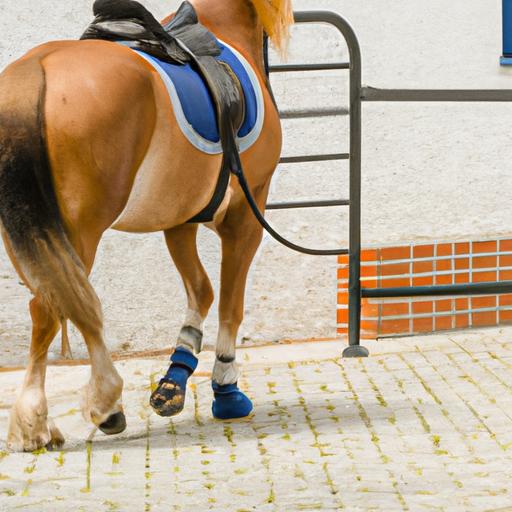
Definition and Purpose
When it comes to horse training, a horse training lead is an invaluable tool that serves multiple purposes. Essentially, it is a long rope or strap, typically made of nylon or leather, designed to be attached to a horse’s halter or bridle. The lead provides you with a means to guide and control your horse’s movements during training sessions.
The primary purpose of a horse training lead is to establish clear communication between you and your equine partner. It allows you to convey your commands and cues effectively, ensuring that your horse understands what you expect from them. By using the lead in conjunction with your body language, you can direct your horse’s attention, encourage desired behavior, and correct any undesirable actions.
Different Types of Horse Training Leads
In the vast world of horse training leads, there are various options available to suit different training styles and preferences. Let’s explore some of the common types you may encounter:
- Flat Lead Rope: This type of lead is a simple yet versatile option. It is a flat strap, usually made of nylon or cotton, with a snap hook at one end for easy attachment. Flat lead ropes come in various lengths and can be a great choice for general training purposes.
- Round Lead Rope: Unlike flat lead ropes, round lead ropes are thicker and made of a braided or twisted material. The rounded shape offers a better grip and feels more comfortable in your hand. These leads are ideal for groundwork exercises and when you require more control.
- Training Sticks with Strings: Sometimes referred to as “carrot sticks,” training sticks with strings are a combination of a lightweight stick and a string or cord. They provide an extension of your arm and can be used to guide your horse from a distance, teaching them to yield to pressure and respect your space.
Factors to Consider When Choosing a Horse Training Lead
Selecting the right horse training lead is crucial for effective training sessions. Consider the following factors before making your choice:
- Material: Choose a lead made of durable and high-quality material that can withstand rigorous use and last for a long time. Nylon and leather are popular options known for their strength and durability.
- Length: The length of the lead should be appropriate for the type of training you plan to undertake. Longer leads offer more freedom of movement, while shorter leads provide better control in close quarters.
- Hardware: Pay attention to the quality of the hardware, such as the snap hook or clip. Ensure it is sturdy, easy to use, and securely attaches to the horse’s halter or bridle.
By understanding the definition, purpose, and different types of horse training leads, as well as considering key factors when selecting one, you are well-equipped to embark on your training journey. In the next section, we will explore the myriad of benefits that using a horse training lead can bring to your training sessions. So, let’s continue our quest to unlock the potential within your equine partner!
Horsemasterypro.com – Empowering equestrians on their path to excellence.
Benefits of Using a Horse Training Lead
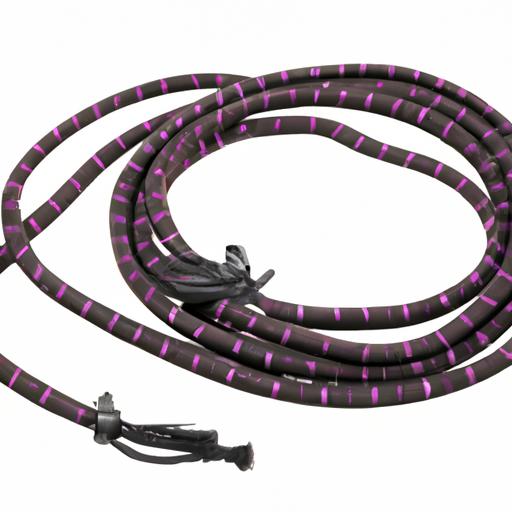
Enhancing Communication and Control
When it comes to horse training, effective communication is paramount. A horse training lead acts as a direct line of connection between you and your equine partner. By using a training lead, you establish a clear means of communication, allowing you to convey your intentions and cues with precision. This enhanced communication enables you to guide your horse’s movements, transitions, and responses, fostering a deeper understanding and trust between you both.
Promoting Proper Training Techniques and Behavior Correction
Training a horse involves shaping their behavior and teaching them a wide range of skills. A horse training lead serves as a valuable tool in this process. It aids in reinforcing desirable behaviors and correcting unwanted ones. With the lead in your hands, you can guide your horse through various exercises, encouraging correct posture, balance, and responsiveness. This promotes proper training techniques, helping your equine partner learn and grow effectively.
Ensuring Safety for Horse and Trainer
Safety should always be a top priority during horse training sessions. A horse training lead provides an added layer of security for both you and your horse. By maintaining control through the lead, you can prevent potential accidents and mishaps. Whether you’re working on ground manners, lunging, or leading exercises, the training lead gives you the ability to steer the horse’s movements and keep them at a safe distance when necessary. This ensures that both you and your equine companion can engage in training sessions with confidence and peace of mind.
Stay tuned for the next section, where I will guide you through the proper usage of a horse training lead. We will explore step-by-step instructions on how to attach and handle the lead, as well as techniques for effective leading and guiding. Get ready to take your training to new heights as we dive into the practical aspects of utilizing a horse training lead.
Horsemasterypro.com – Empowering equestrians on their path to excellence.
Common Mistakes to Avoid in Horse Training Lead Usage
When it comes to using a horse training lead, there are a few pitfalls that one must steer clear of to ensure a successful training journey. Let’s explore the common mistakes that should be avoided to maintain a harmonious and effective training experience.
A. Overusing or relying solely on the horse training lead
While a horse training lead is a valuable tool, it should not become a crutch or a substitute for proper training techniques. Overusing the lead or relying solely on it for control can hinder your horse’s ability to develop self-confidence and responsiveness. Remember, the ultimate goal is to establish a partnership built on trust and understanding, where the lead is used as a guiding aid rather than a constant restraint.
B. Pulling or yanking the lead too harshly
Communication with your horse should be based on subtle cues and gentle guidance. Pulling or yanking the lead too harshly can create tension, confusion, and resistance in your equine partner. Instead, focus on using clear, firm, and consistent signals to direct your horse’s movements. By maintaining a balanced and respectful approach, you foster a positive learning environment and promote a willing partnership.
C. Failing to establish a connection and trust with the horse
Building a strong bond with your horse is paramount to successful training. Neglecting to establish a connection and trust can impede progress and hinder your horse’s willingness to follow your lead. Take the time to develop a rapport, engage in groundwork exercises, and invest in activities that promote mutual understanding and respect. Remember, trust is the foundation upon which a fruitful training journey is built.
By being mindful of these common mistakes, you can ensure a positive and effective training experience for both you and your equine partner. Now that we’ve explored the potential pitfalls, let’s move forward to the concluding section where we summarize the significance of horse training leads and encourage you to embark on your own journey of equine excellence.
Horsemasterypro.com – Empowering equestrians on their path to excellence.
Conclusion
In the realm of horsemanship, the significance of a well-chosen horse training lead cannot be overstated. It is the key that unlocks the door to effective communication, control, and trust between you and your equine partner. By understanding the importance of horse training leads and incorporating them into your training routine, you pave the way for a harmonious and successful journey with your horse.
Throughout this article, we have explored the benefits of using a horse training lead, including enhanced communication, proper training techniques, and increased safety. We have also discussed how to properly use a horse training lead, providing step-by-step instructions on attachment and handling, techniques for effective leading and guiding, as well as tips for maintaining proper posture and body language.
Now armed with this knowledge, it’s time to take action. Invest in a high-quality horse training lead that suits your needs and embark on your training journey with confidence. Remember, the key lies not only in the tool itself but in the connection and trust you foster with your horse. Nurture that bond, and watch as you both grow and excel together.
At Horsemasterypro.com, we are passionate about empowering equestrians on their path to excellence. Our commitment to expertise, authority, and trustworthiness shines through in our articles and products. So, visit our website today to explore our range of horse training leads and discover the tools that will elevate your equine experience to new heights.
Unlock the potential within your horse, embrace the power of a horse training lead, and embark on a transformative journey of horsemanship.
Horsemasterypro.com – Empowering equestrians on their path to excellence.

